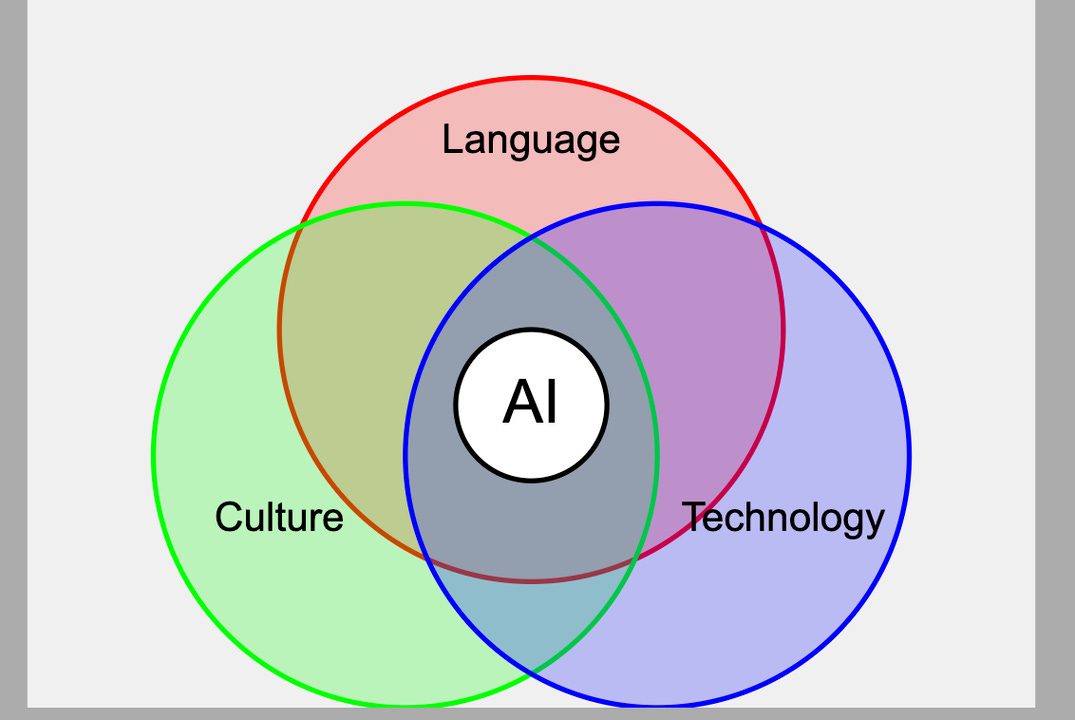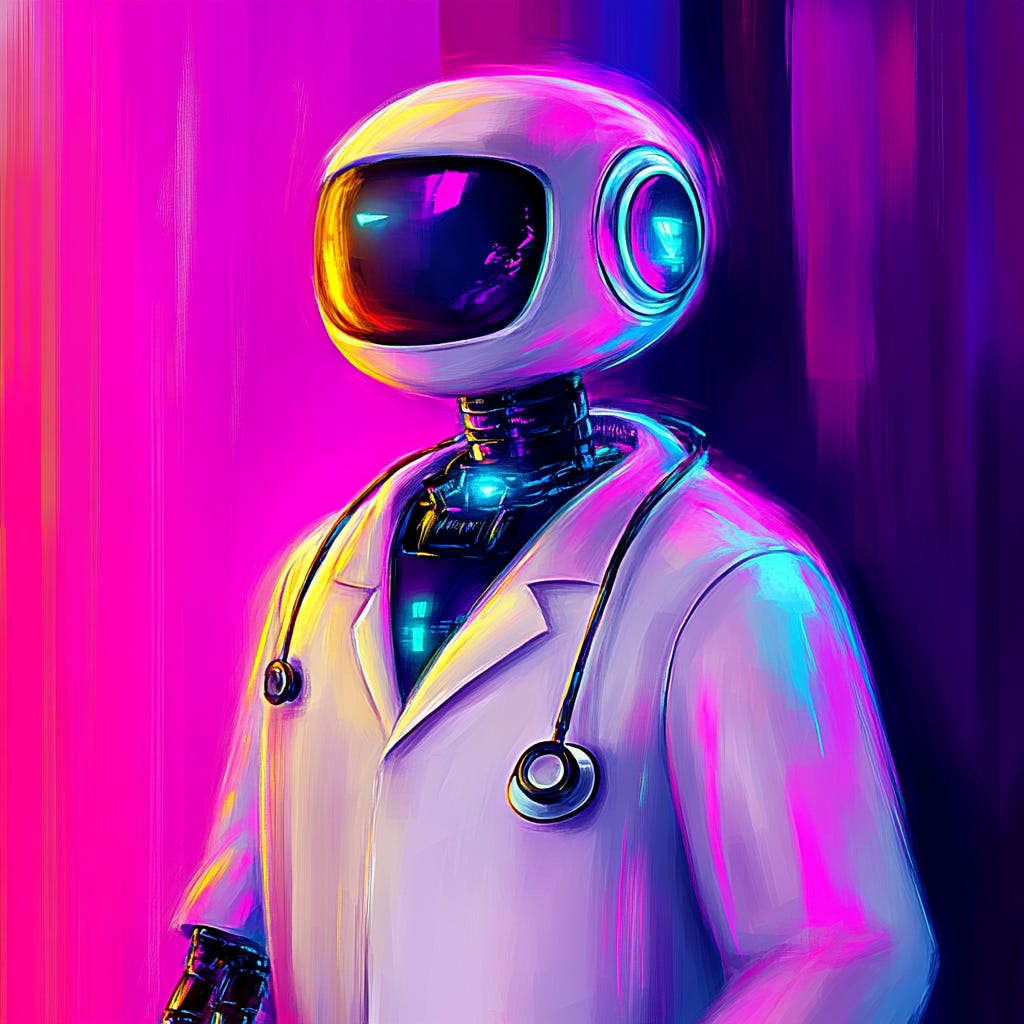Good Morning,
I’ve always wanted this publication to also cover an exploration of how AI is impacting various kinds of people. As people this means our shared culture, health situations including aging in the human life cycle, the conditions we face, health situations we might find ourselves dealing with, including various groups or individuals that don’t receive adequate coverage of their own needs.
From the impact of AI on our mental health to our spiritual & psychosocial development, Generatie AI has so much potential. I’ve taken it upon myself to try to find guest writers and niche pioneers to help us explore in essays these wide-ranging impacts. This is the first in that series.
If you value these explorations, by sharing you promote an emerging writer (often with a nascent Newsletter) that nobody in the world could fill, but that person.
I asked Anna Dallara of the Newsletter Speculative (7 month old Newsletter), specifically to help us understand better the impact of Generative AI on disability.
As a population or demographic ages, the conditions we face and experience also changes. Can AI help with that?
In the United States, more than 1 in 4 adults (28.7%) have a disability, according to the CDC.
According to a 2022 American Community Survey, approximately 44.1 million adults in the United States, which amounts to about 13.4% of the civilian noninstitutionalized population, reported living with a disability.
The most common forms of disability vary by category and severity, impacting individuals in different ways. I think we could conservatively say about one in five American suffers from something that could be called a disability. This is not some vague minority, this is someone in your family, one of your friends or colleagues, someone you know, maybe you in the future!
Chronic Health Conditions
Mobility Impairment (including 20% of adults 65 years and older)
Vision or Hearing Impairment (around 8.4% of the population)
Mental Health related conditions
Cognitive disabilities (think Autism spectrum disorder or brain-injury)
Intellectual disabilities (around 1-3 %)
For example, As of 2024, approximately 1 in 36 children in the United States has been identified with autism spectrum disorder (ASD). Or 4% of boys and 1% of girls. Additionally, this increase in prevalence (for a number of reasons) has been noted over the years, with a 312% rise since the year 2000. As of 2024, approximately 60% of adults in the United States live with at least one chronic health condition. As of 2024, about 9.2% of U.S. adults are classified as having severe obesity, which is often referred to as morbid obesity. Suffice to say the continuum of what we might consider disability and how AI might be able to help is also changing.
Anna’s Dallara intro to Speculative
25 seconds
Our guide today, Anna, is a freelancer and product owner based out of Raleigh, North Carolina. She is a Science fiction and fantasy author, excelling in speculative fiction 🗯, a technologist & filmmaker ~ here interested in writing, technology, culture, and where they all intersect.
The way culture and technology are intersecting is becoming more complicated in 2025 affecting people in different and unique ways. - Ed.
I’m hoping you will be able to resonate with today’s topic because it has just massive significance on how AI will impact the human condition, quality of life and providing us with new tools to cope in an ever changing world.
Think about all that this means:

Substack (this platform) itself claims to be a “new economic engine” for culture.
Let’s get into the deep dive.
Explore 🤔💭 Speculative:
💁🏻♀️ reading and writing in the digital age. ⭐
Speculative
This wide-ranging essay makes a lot of salient points about disability and AI that is incredibly human.
She explores various models of disability, makes many important references, and guides us to explore various tools and strategies.
She explores how fundamentally we as people are using Generative AI to self-optimize our lifestyle and help us navigate and deal with our unique challenges, including those somewhat outside of our control.
The AI Will See You Now: Disability in the Age of Chatbots
Keep reading with a 7-day free trial
Subscribe to AI Supremacy to keep reading this post and get 7 days of free access to the full post archives.






